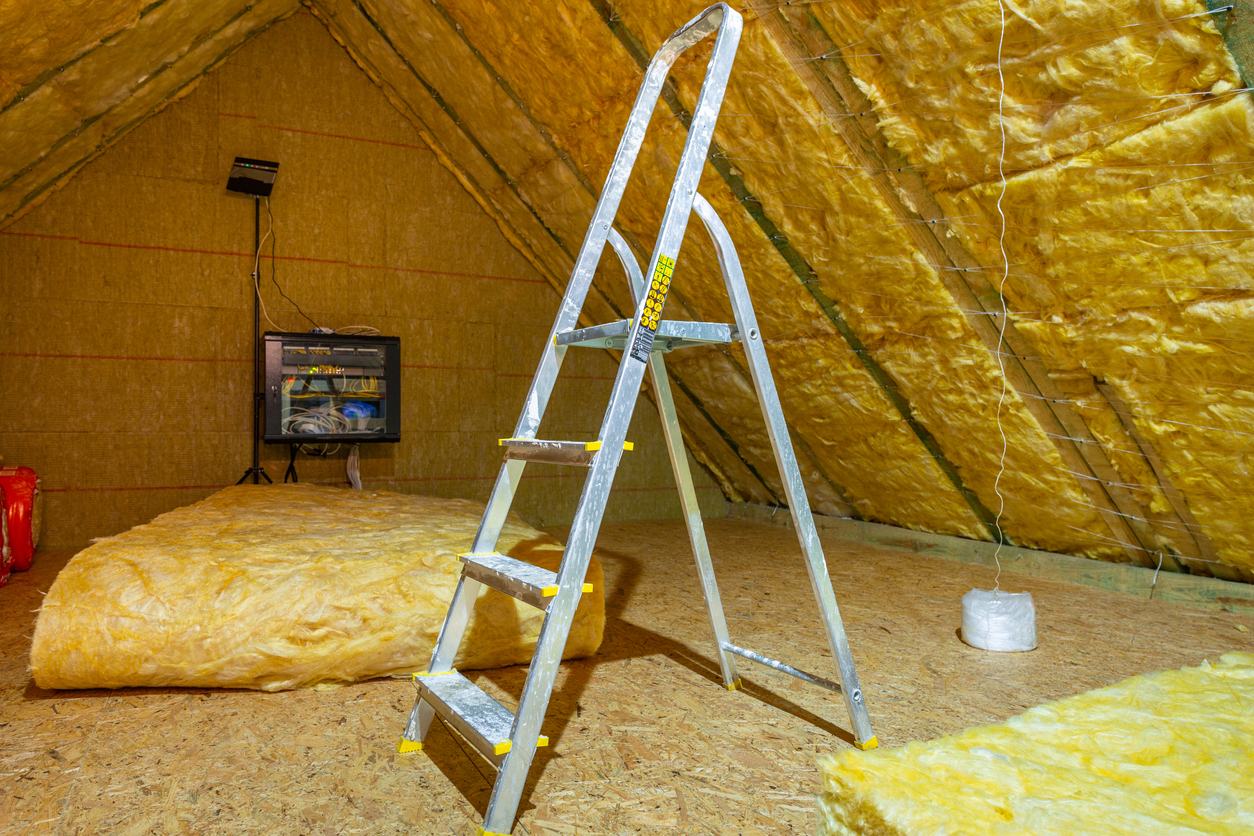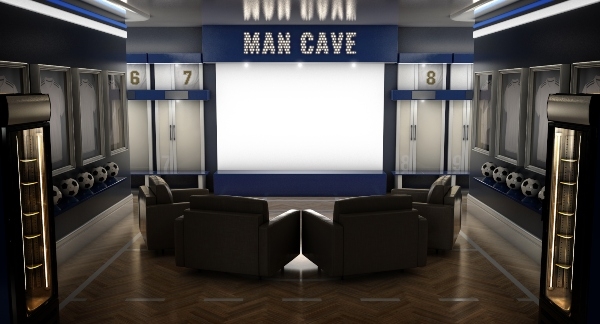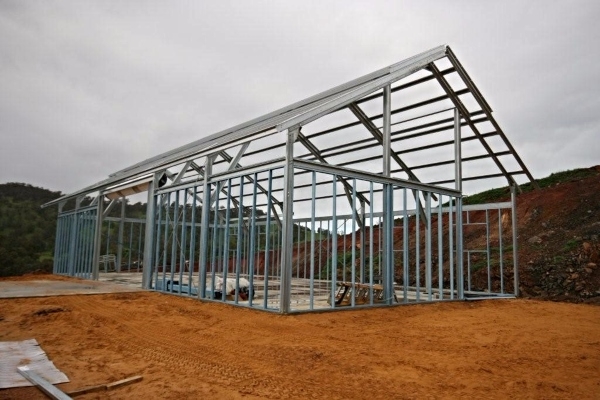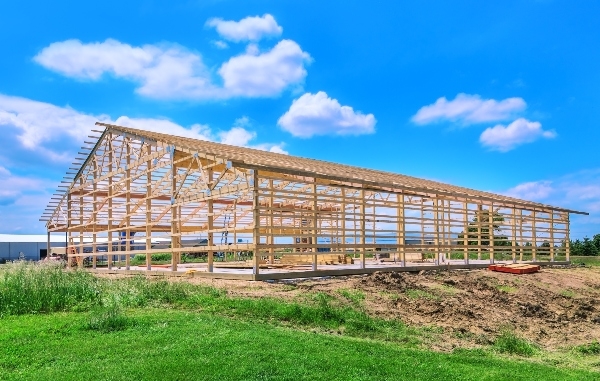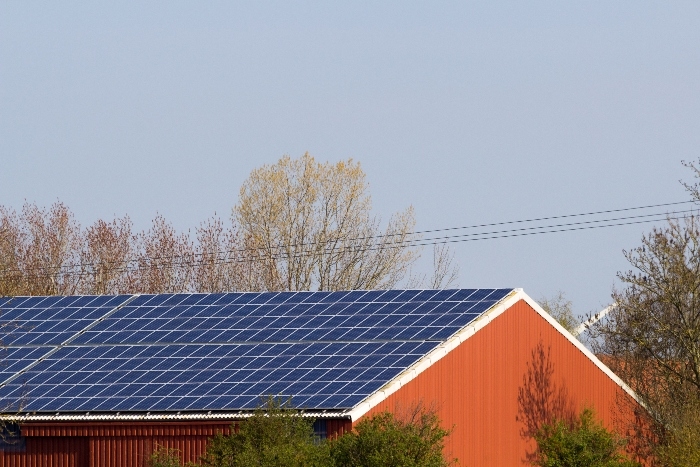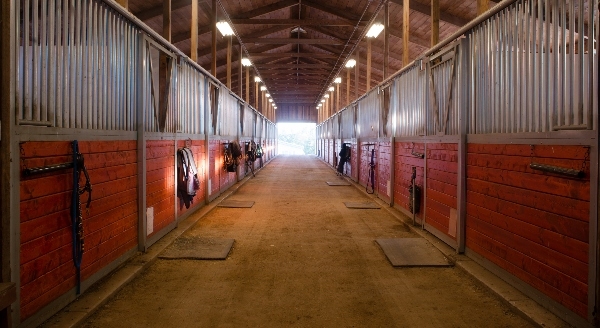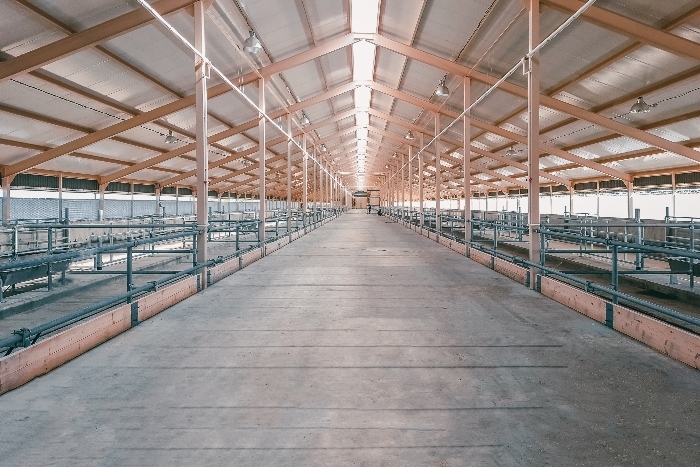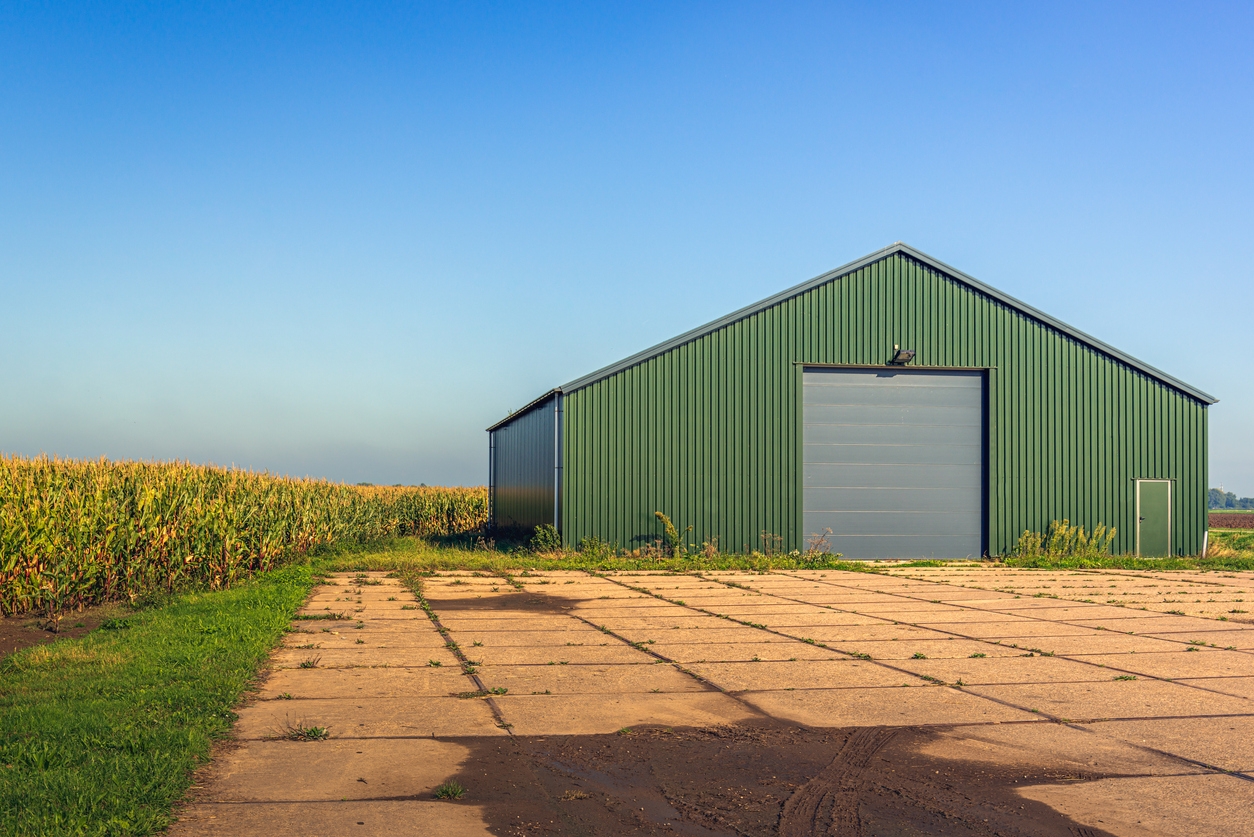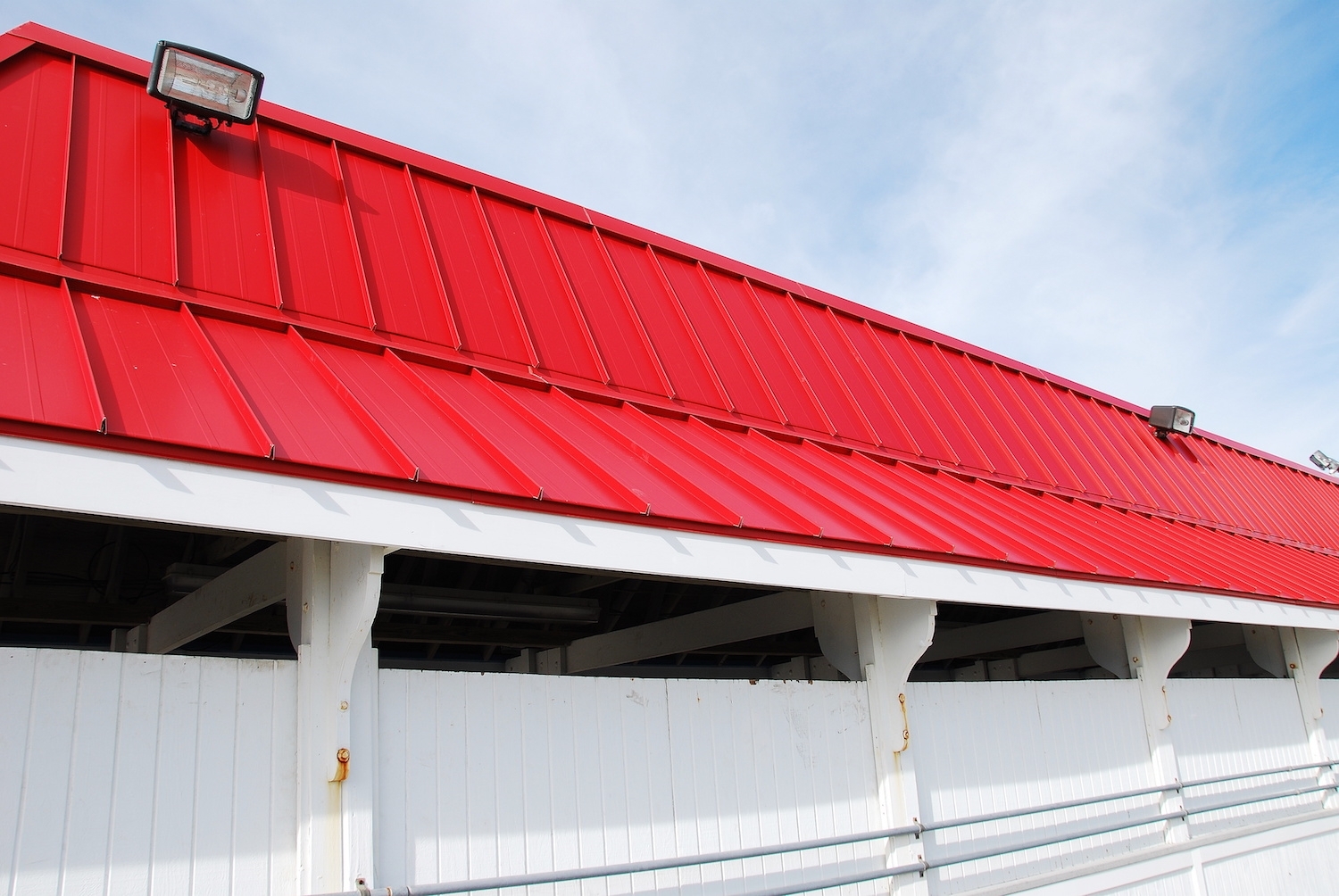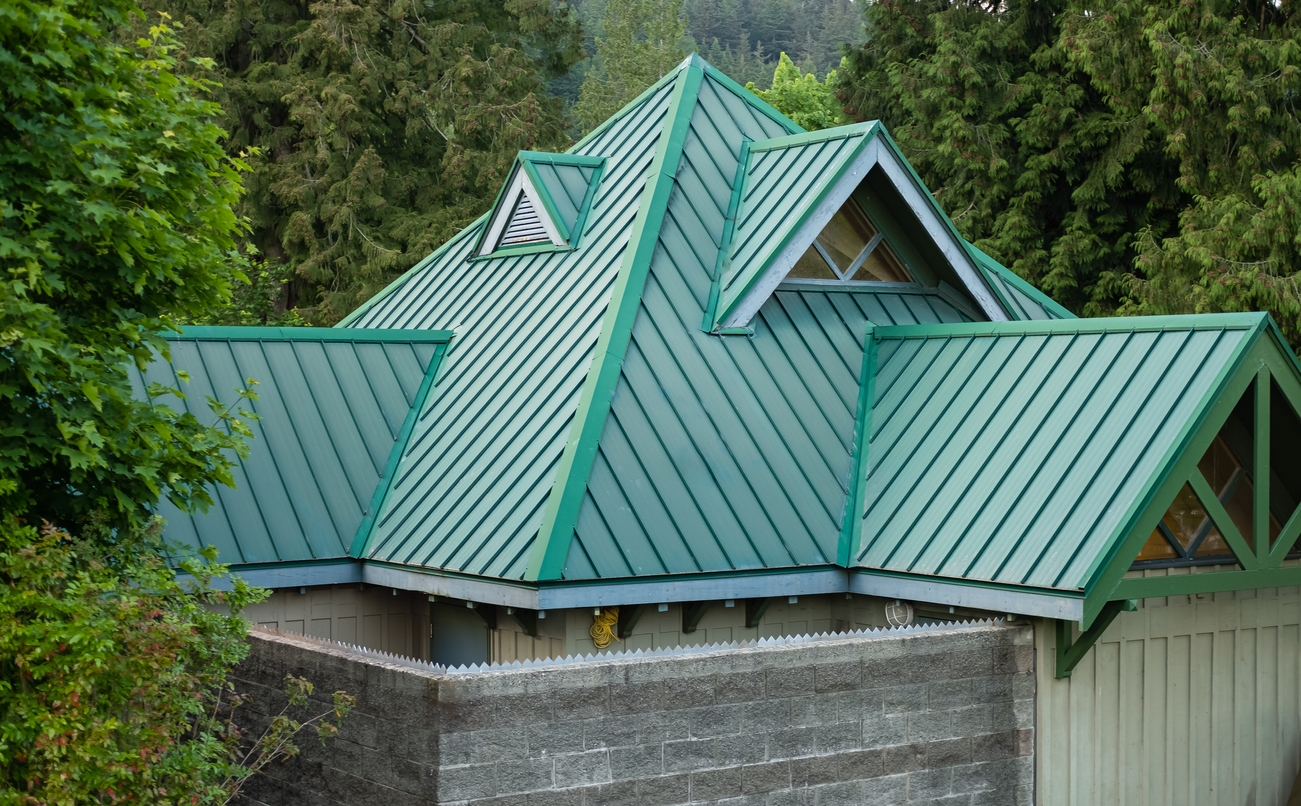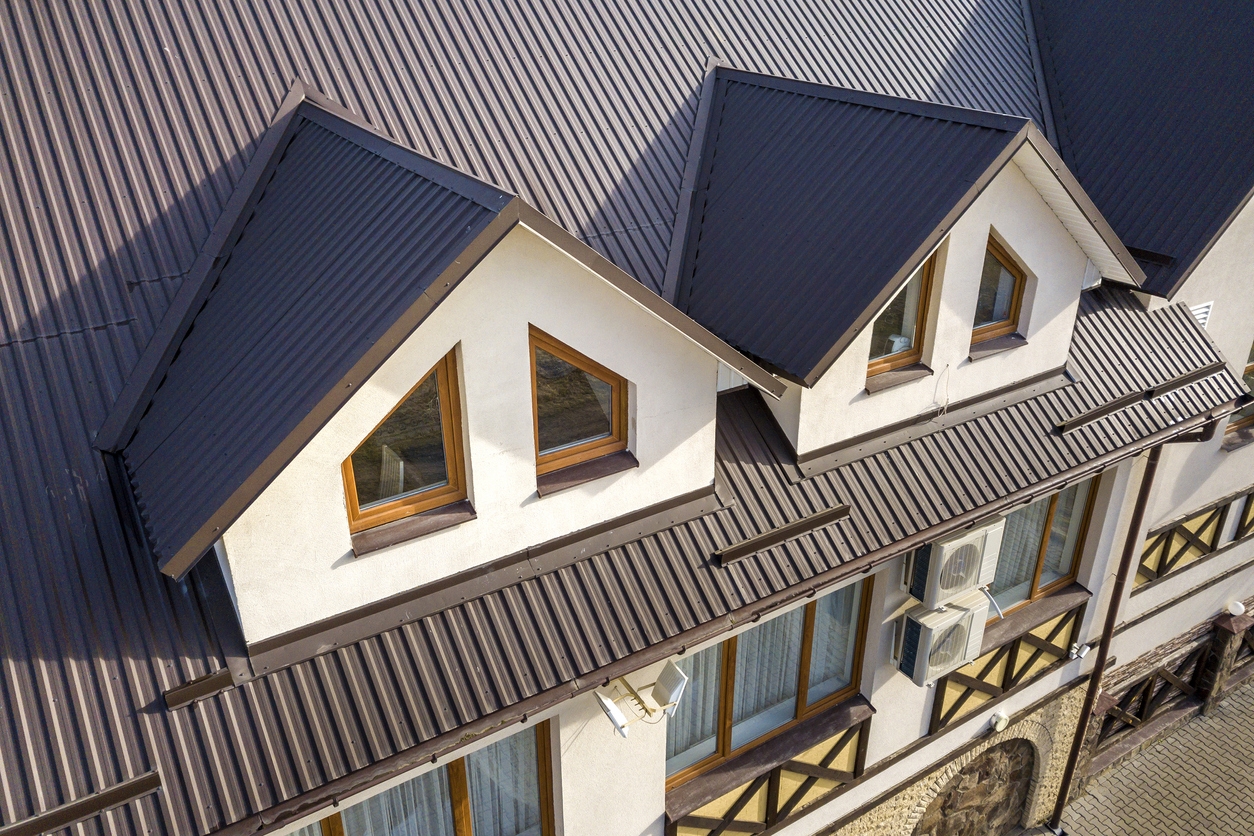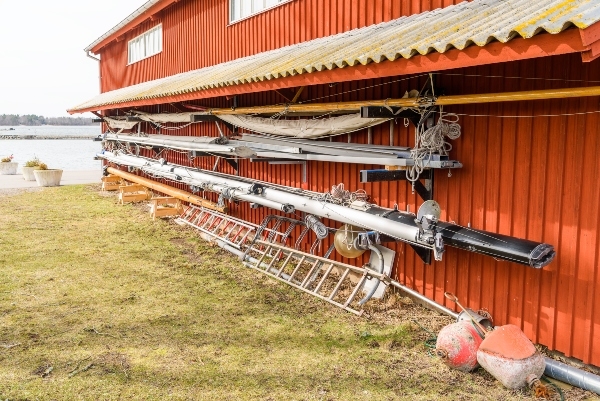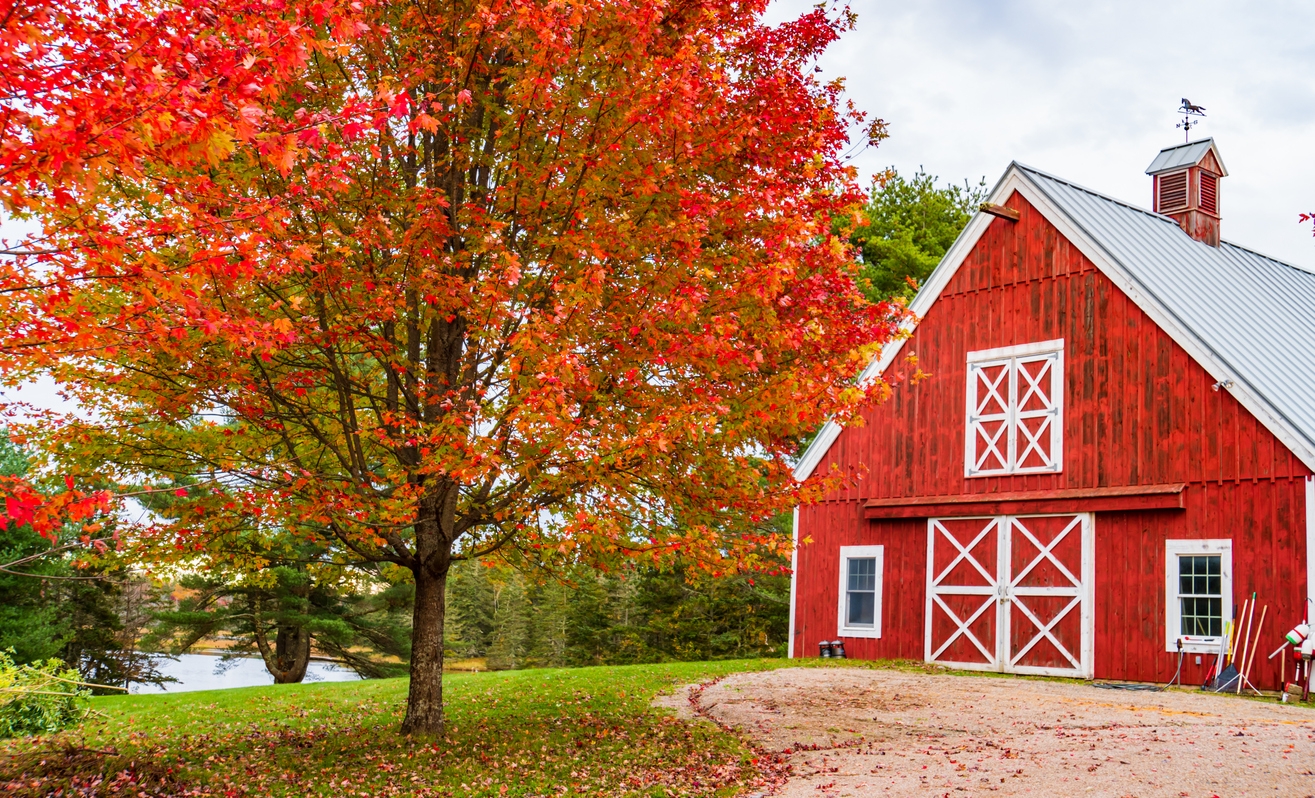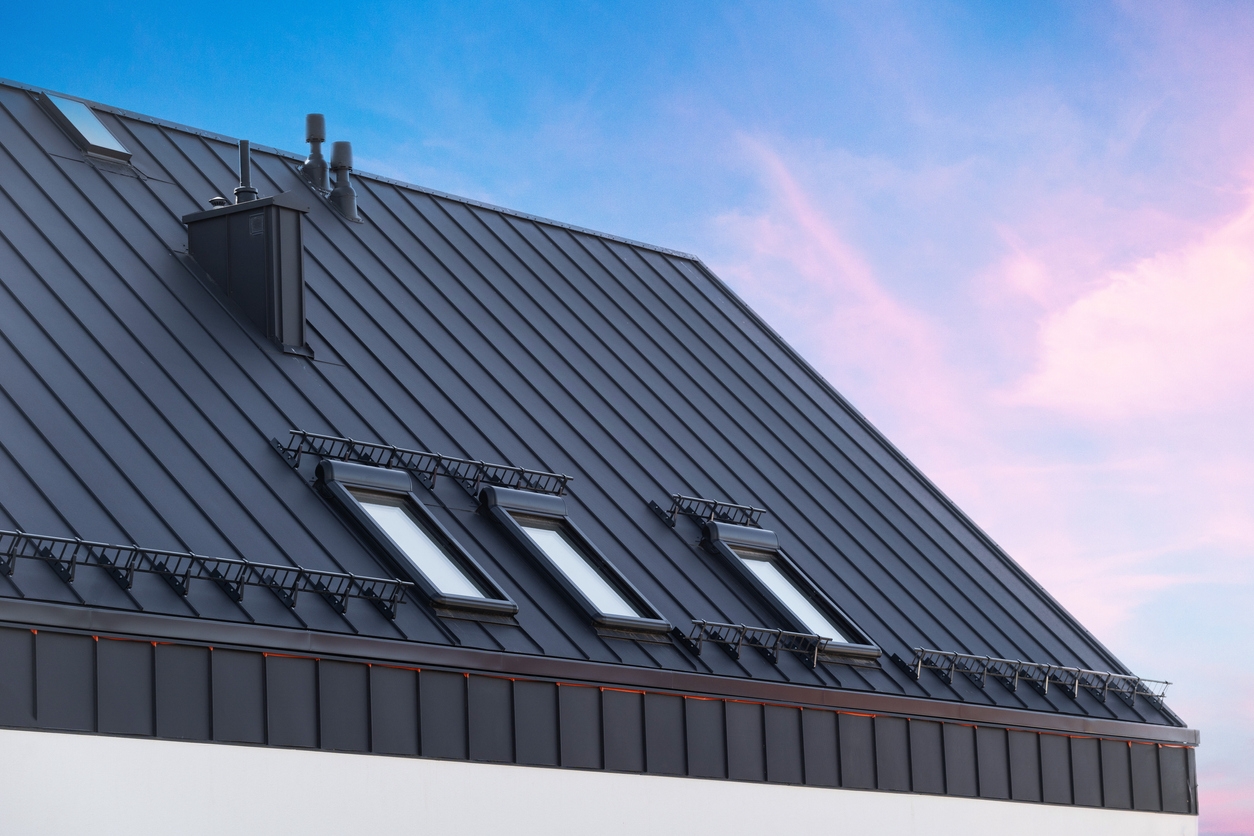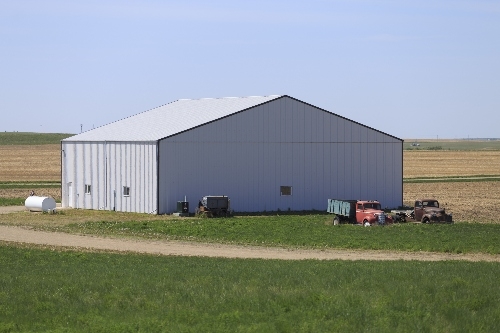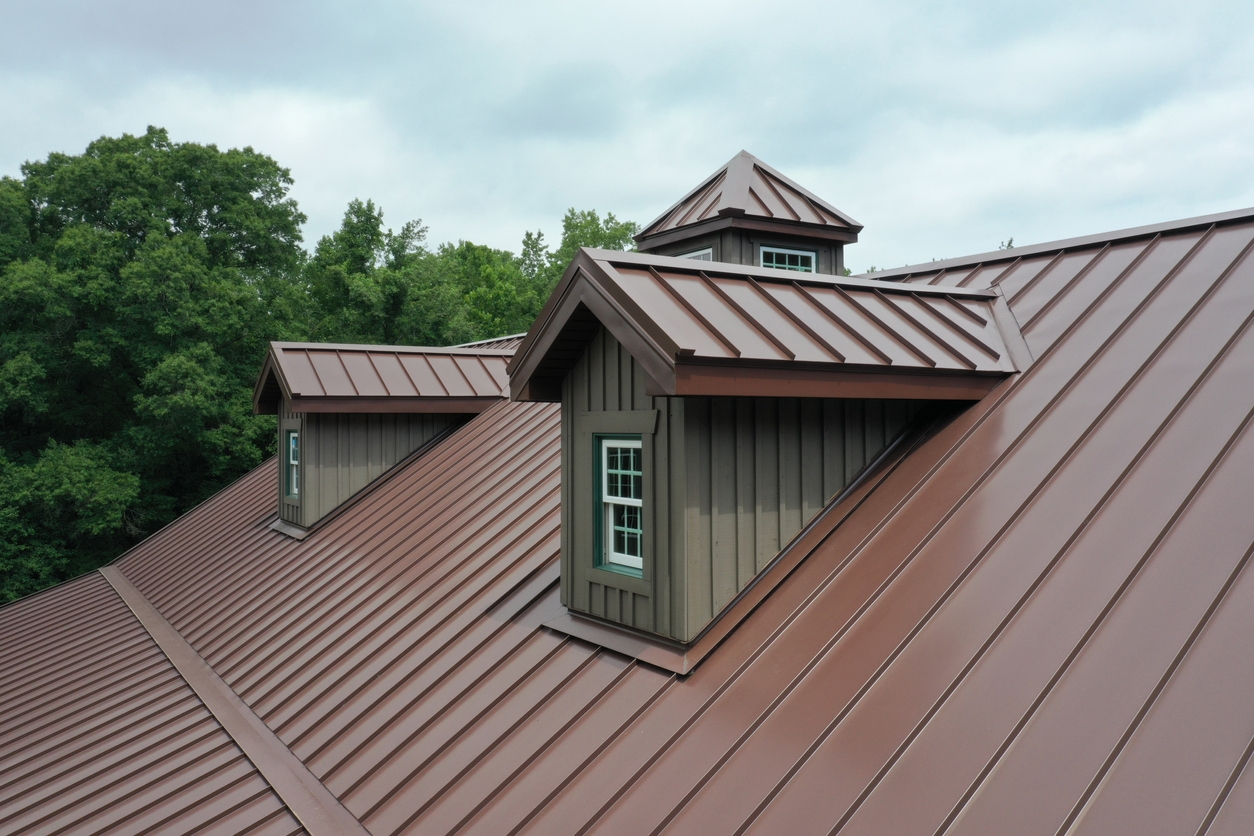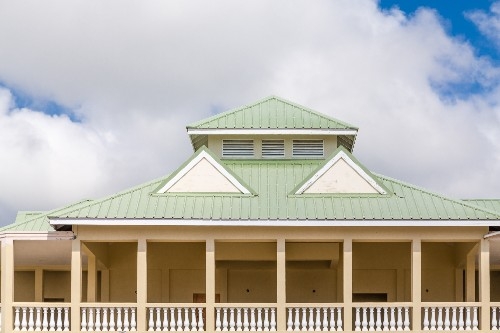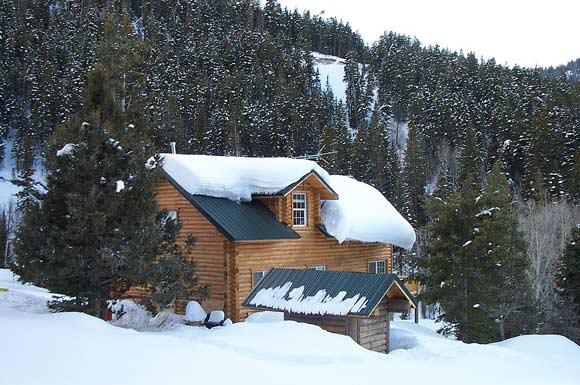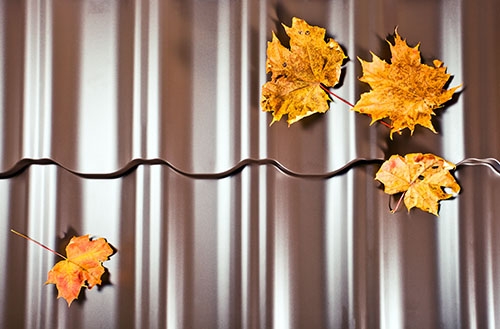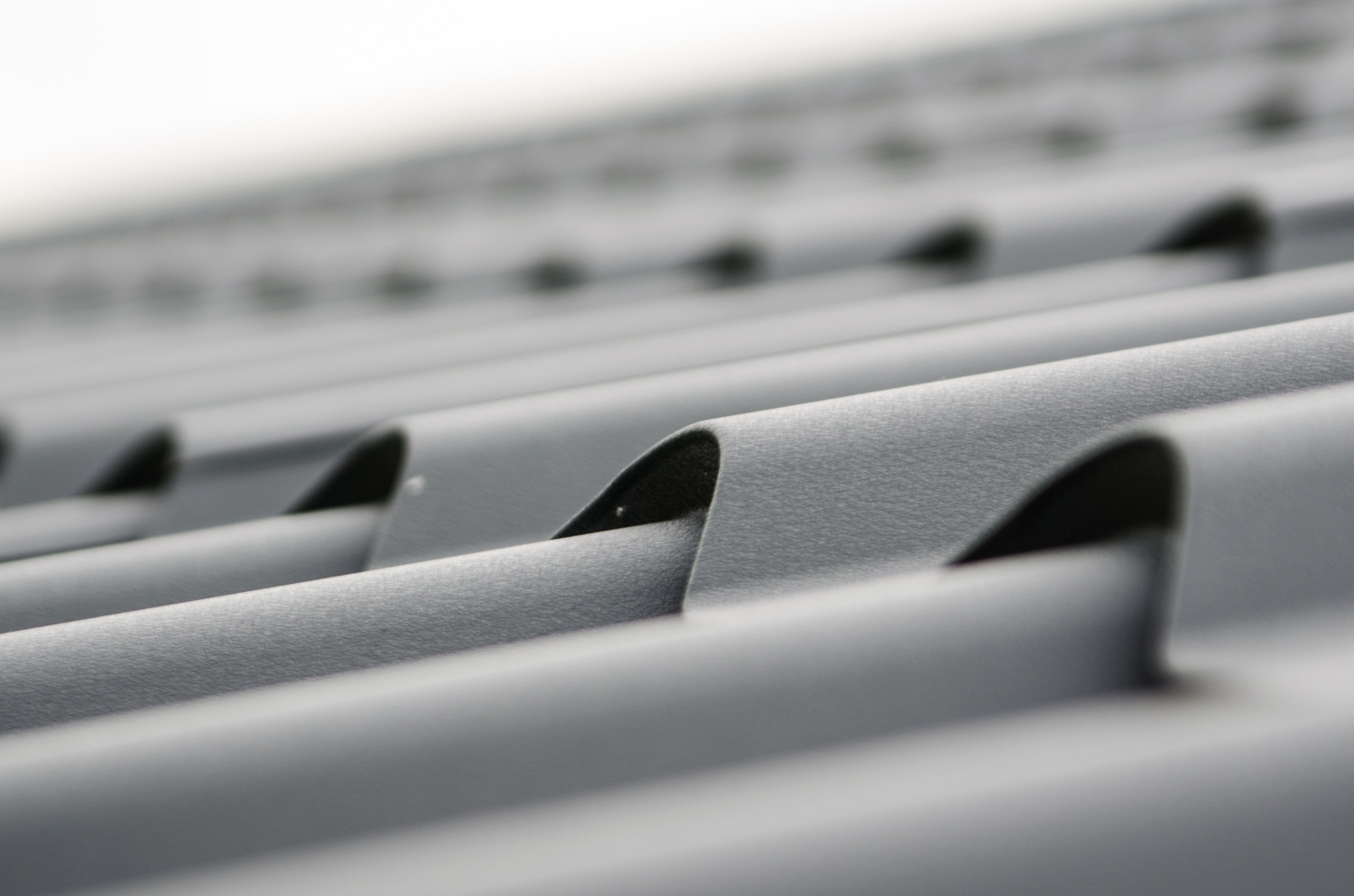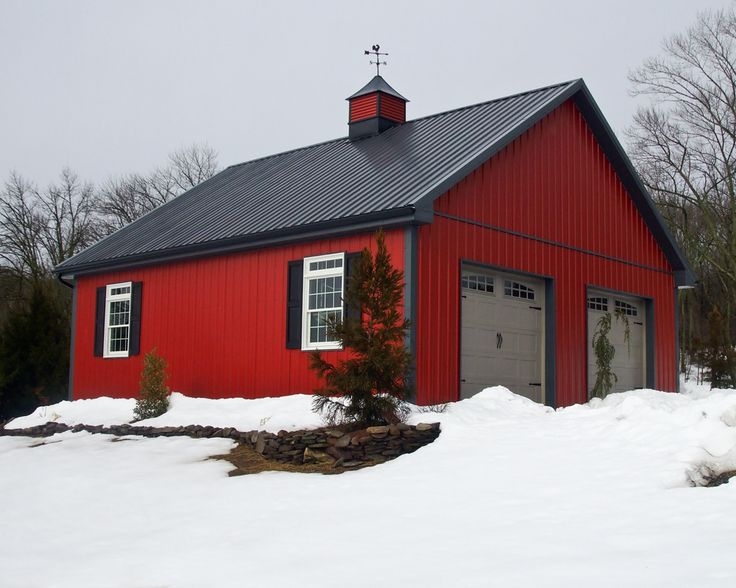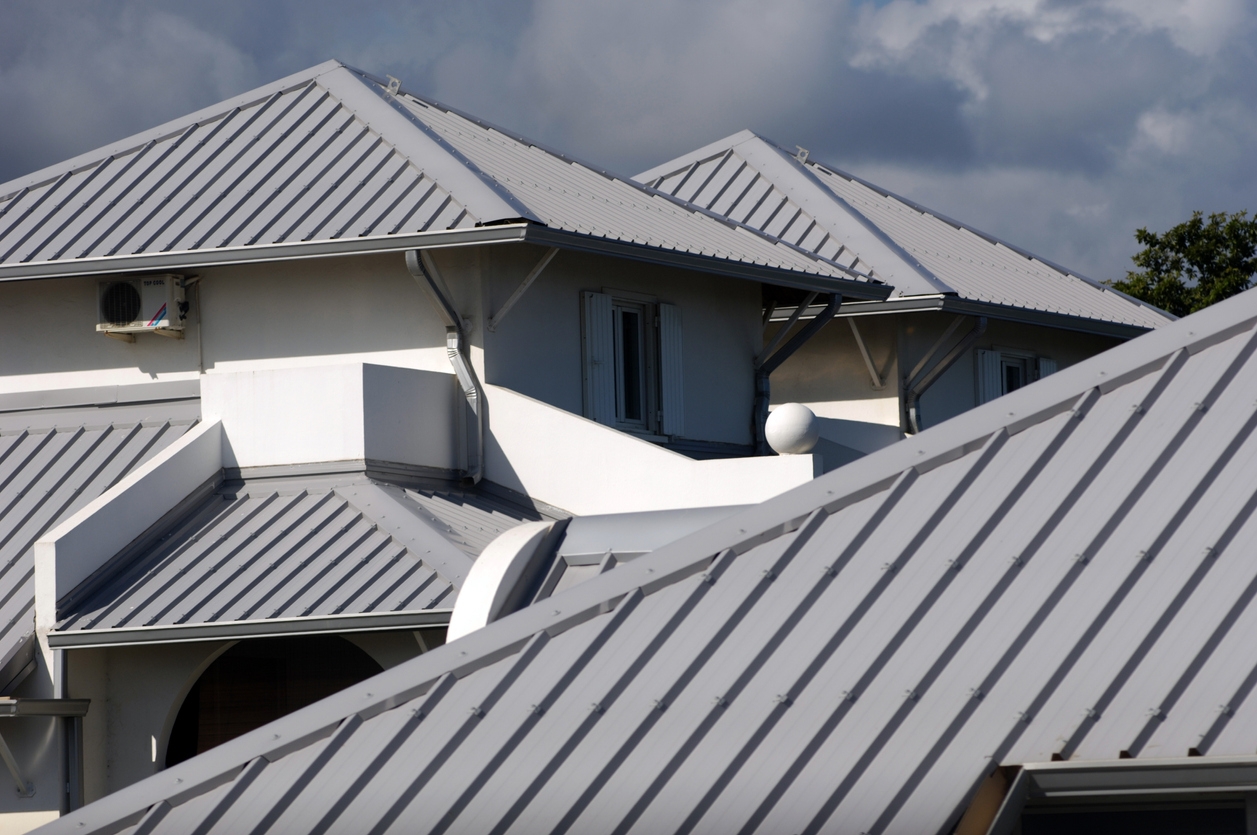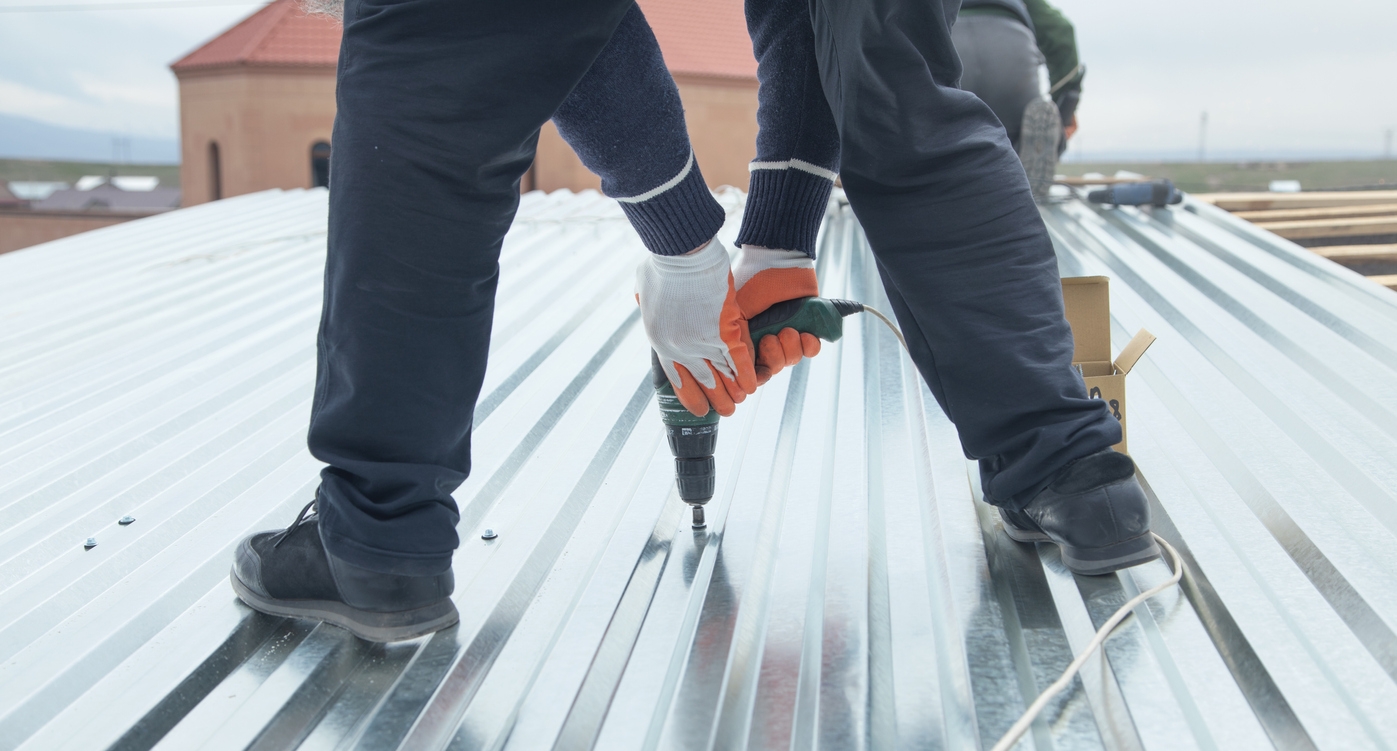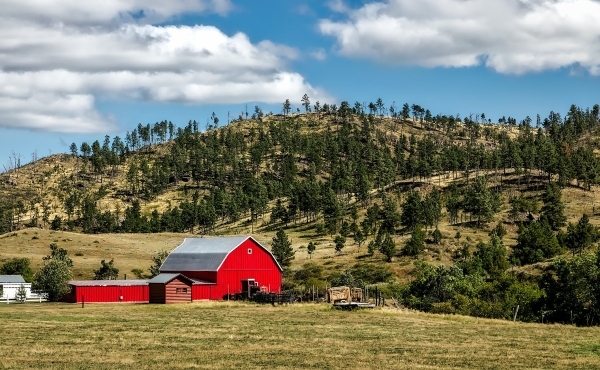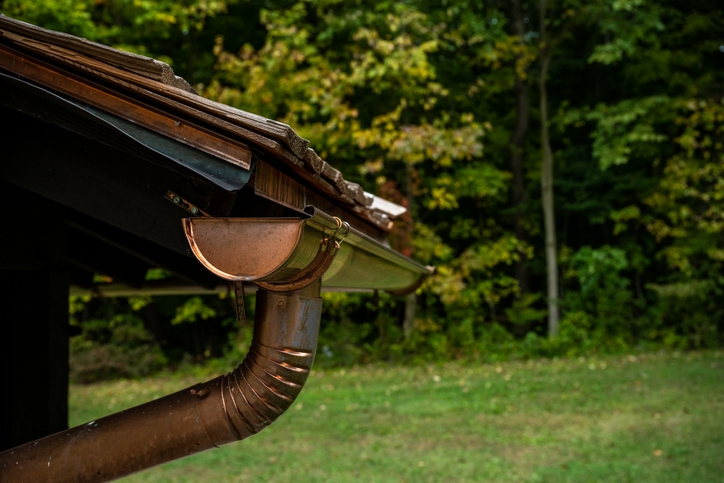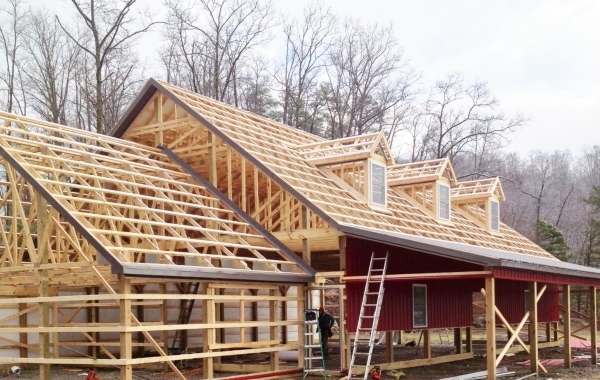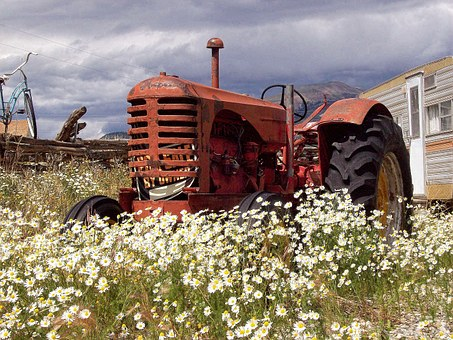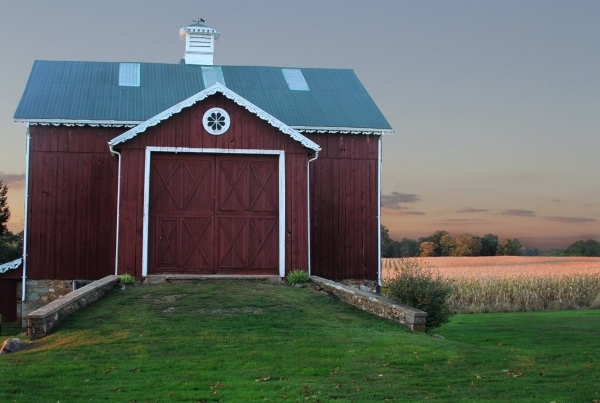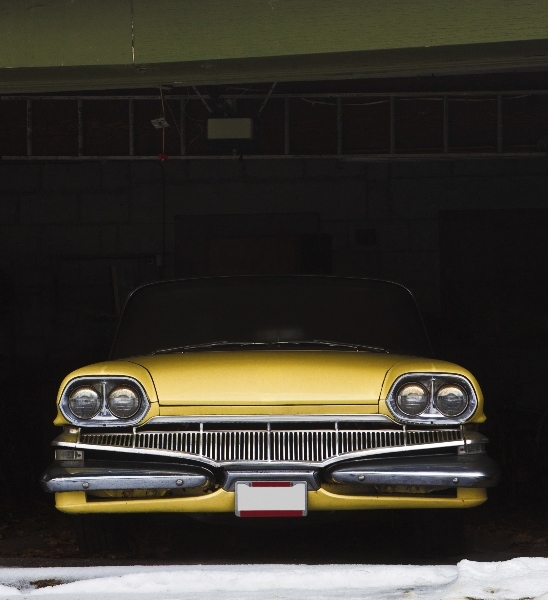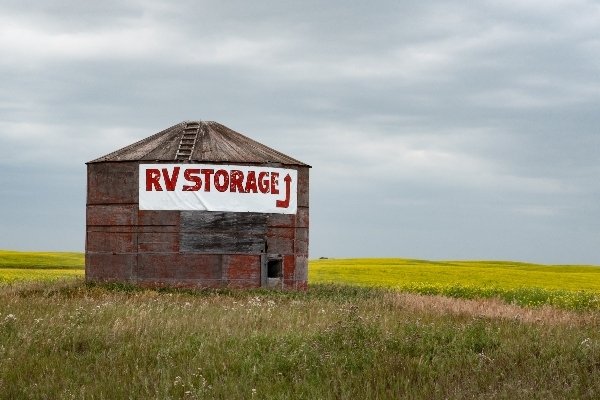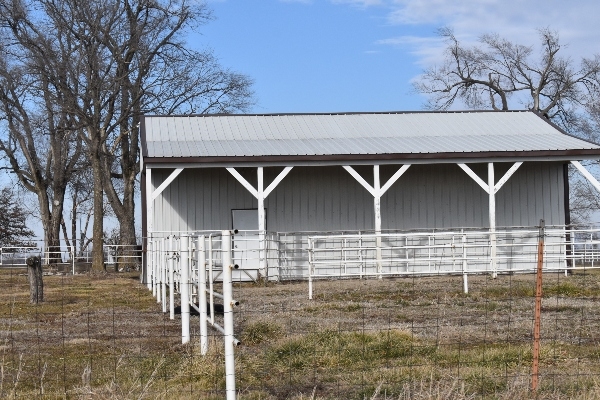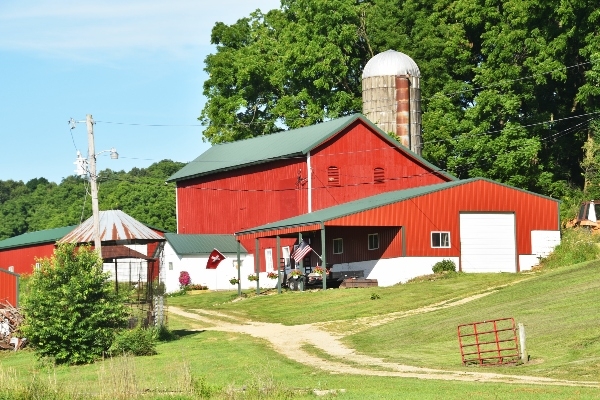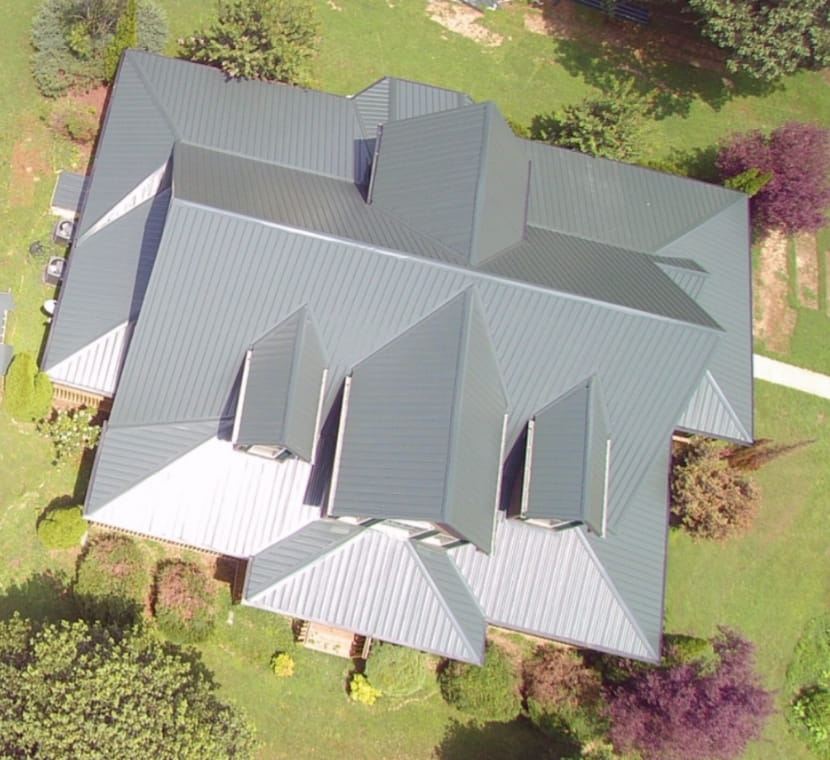
Pole Barn Insulation for Year-Round Use
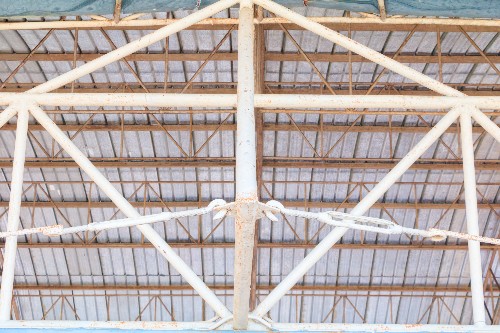
Pole barns are versatile structures, but keeping them comfortable year-round can be challenging. Insulation is crucial to maintaining a desirable temperature, whether you use your pole barn for storage, hobbies, or work. This guide will explore the benefits of pole barn and post-frame building insulation, including factors to consider and the different types available to create a functional space.
THE IMPORTANCE OF THE R-VALUE
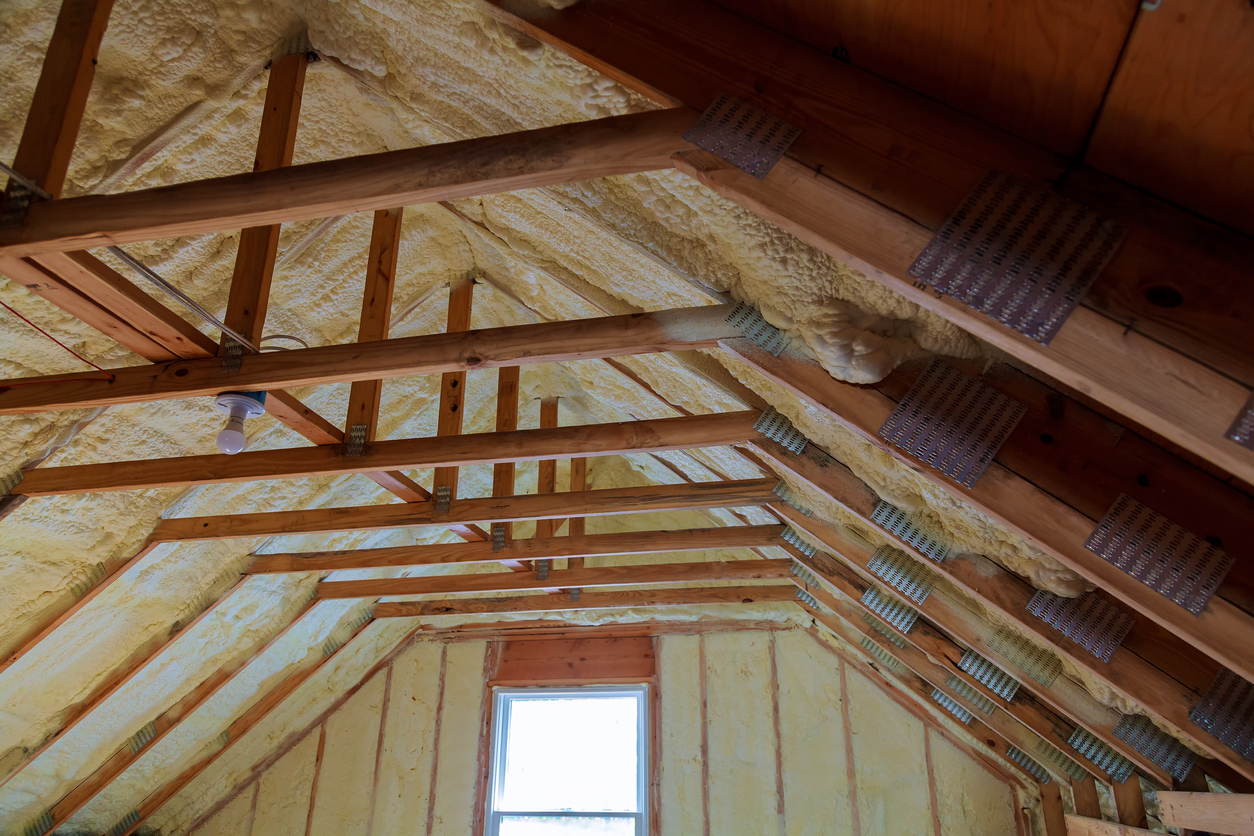
Understanding the importance of insulation involves delving into the concept of high R-value insulation re-value, a crucial metric that measures an insulation's ability to resist heat flow or conduction.
As winter temperatures drop, a well-insulated pole barn equipped with high R-value materials becomes your stronghold against heat loss and rising energy bills. Partnering with an experienced pole barn contractor ensures optimal insulation tailored to factors like the heating system, climate, and size of your structure.
Contractors needed a way to speak a common language about insulation. They came up with the R-value. The R-value is a measurement of an insulation's ability to resist heat flow or conduction. Greater resistance comes from higher R-values. The R-value of a pole barn also changes based on the:
-
Type of heating and cooling system
-
Climate of the area
-
Size of your pole barn
To get the most out of the higher cost of your pole barn's insulation, make sure to work with an experienced professional pole barn contractor. Hint: We can recommend a professional builder to install your pole barn insulation.
AREA #1: PERIMETER SLAB INSULATION
Let's begin with the foundation. Your pole barn is most likely constructed atop a concrete slab, serving as a foundational layer that separates the exterior walls of the structure from the ground. Enhancing insulation around the edges of this slab can significantly contribute to protecting the building's overall R-value. By doing so, you effectively fortify your ability to retain heat within the confines of the barn.
Let's explore key areas for effective pole barn insulation, starting with the foundation. Improving insulation around the perimeter slab provides air and a thermal break, crucial for preventing heat loss and moisture buildup. Careful consideration of water table elevation ensures insulation effectiveness, highlighting the interconnectedness of insulation efforts and environmental factors.
AREA #2: POLE BARN WALL INSULATION
Addressing insulation for your pole barn walls is essential, especially considering the heat conduction potential of metal walls. These surfaces can be conduits for significant heat loss if not properly insulated. When selecting insulation options for the steel panels in your pole barn, keep an eye out for the following types of thinner insulation that can be particularly effective:
-
Vinyl Back Insulation: This variety of insulation involves fiberglass material that comes equipped with a vinyl backing on one side. The combination of these materials not only aids in insulation but also provides an added layer of protection.
-
Single and Double Bubble Insulation: Whether you choose single or double bubble insulation, both types operate on the same principle. They utilize the concept of creating air space and incorporate a radiant barrier to impede the transfer of heat between surfaces. This mechanism ensures that heat is prevented from moving from one surface to another, maintaining a more stable internal temperature within your pole barn.
By opting for these specialized insulation types, you take a proactive approach toward enhancing the energy efficiency of your pole barn's construction while effectively curbing the potential heat transfer concerns associated with metal walls.
AREA #3: ATTIC INSULATION OPTIONS INCLUDING SPRAY FOAM INSULATION
Looking up, we're talking about the attic, the highest part inside your pole barn. You need something to protect the floor and ceiling of the attic, like drywall or steel, along with insulation. Many people like using fiberglass or blown foam for insulation for their attics.
-
If you go with fiberglass insulation, it's smart to work with a pro to make sure they put it in the right way. This helps your barn stay cozy and saves energy.
-
Blown insulation also works really well for this, but it's important to know it needs special skills to install properly. So, teaming up with an experienced contractor is a big deal to ensure this insulation works as it should.
When you consider what to use for your attic and how to install the insulation, you create an environment in your pole barn that keeps it energy-efficient and the temperature just right.
AREA #4: POLE BARN ROOF INSULATION
Adding insulation to your roof can truly be a game changer. It's a smart move that doesn't break the bank, especially when you compare it to insulating the inside of your pole barn and the attic. Instead of saving money by spending extra on interior insulation, many people find that insulating the roof is a cost-effective solution.
Builders usually put the insulation right under the roof panels. This type of insulation is like a shield that works well, especially when you're using a forced air system. Imagine this: when you warm up your pole barn, the heat naturally rises. Without insulation, all that warmth would escape through the roof. But with the insulation in place, it acts like a catcher's mitt, trapping the radiant heat up at the top of the building. This not only keeps your place cozy but also helps you save on energy bills.
The cool thing about roof insulation foam is that it's a one-time investment that keeps giving back by cutting down heat loss. So, while the initial cost might seem like something, it pays off in the long run with lower heating expenses.
Choosing to insulate your roof is a strategic choice that balances your comfort and your wallet. With the right insulation setup, you can make your pole barn a warm and energy-efficient space without having to worry about high energy costs.
Unlock the Full Potential of Your Pole Barn with Advanced Insulation
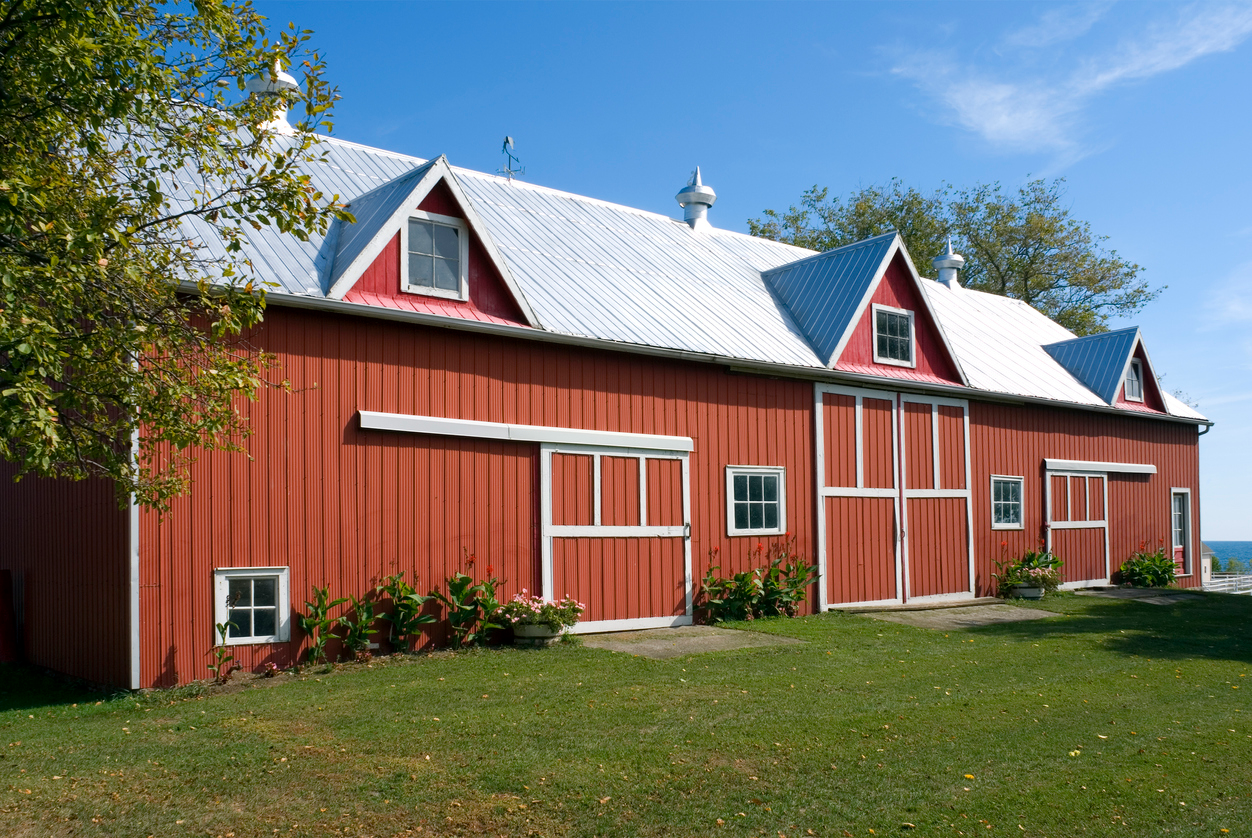
When planning your pole barn, there are many things to consider, such as insulating post-frame buildings. If done right, insulating the post-frame building of your new pole barn will allow you to enjoy the building comfortably all year. Mansea Metal knows this is important. We provide rugged metal in more than 20 striking colors, along with quality lumber.
Connect with one of our skilled contractors in Kentucky, Illinois, Indiana, and Ohio to make building easier. Choosing Mansea Metal means more than just materials—it's a partnership that cares about your project's success, comfort, and happiness. We'll always do our best to make your pole barn dreams come true.

